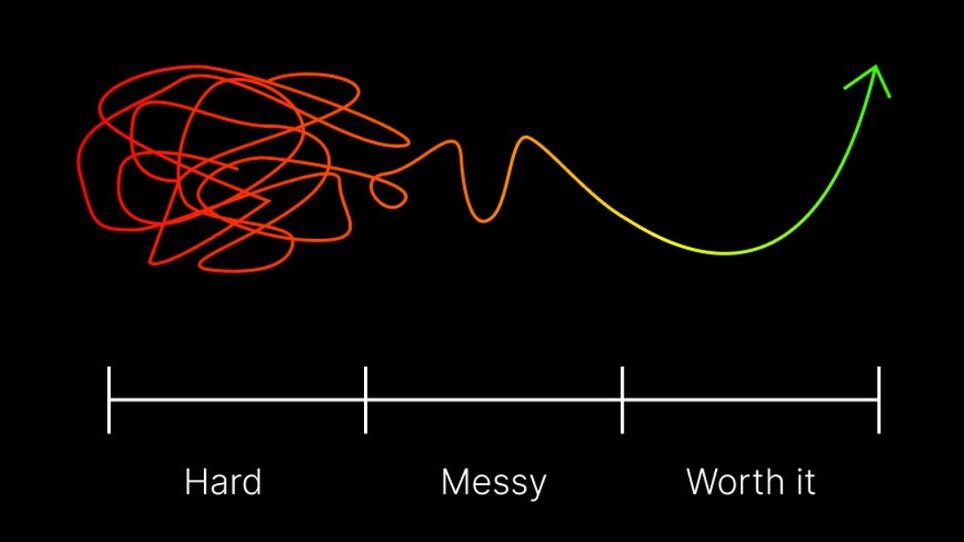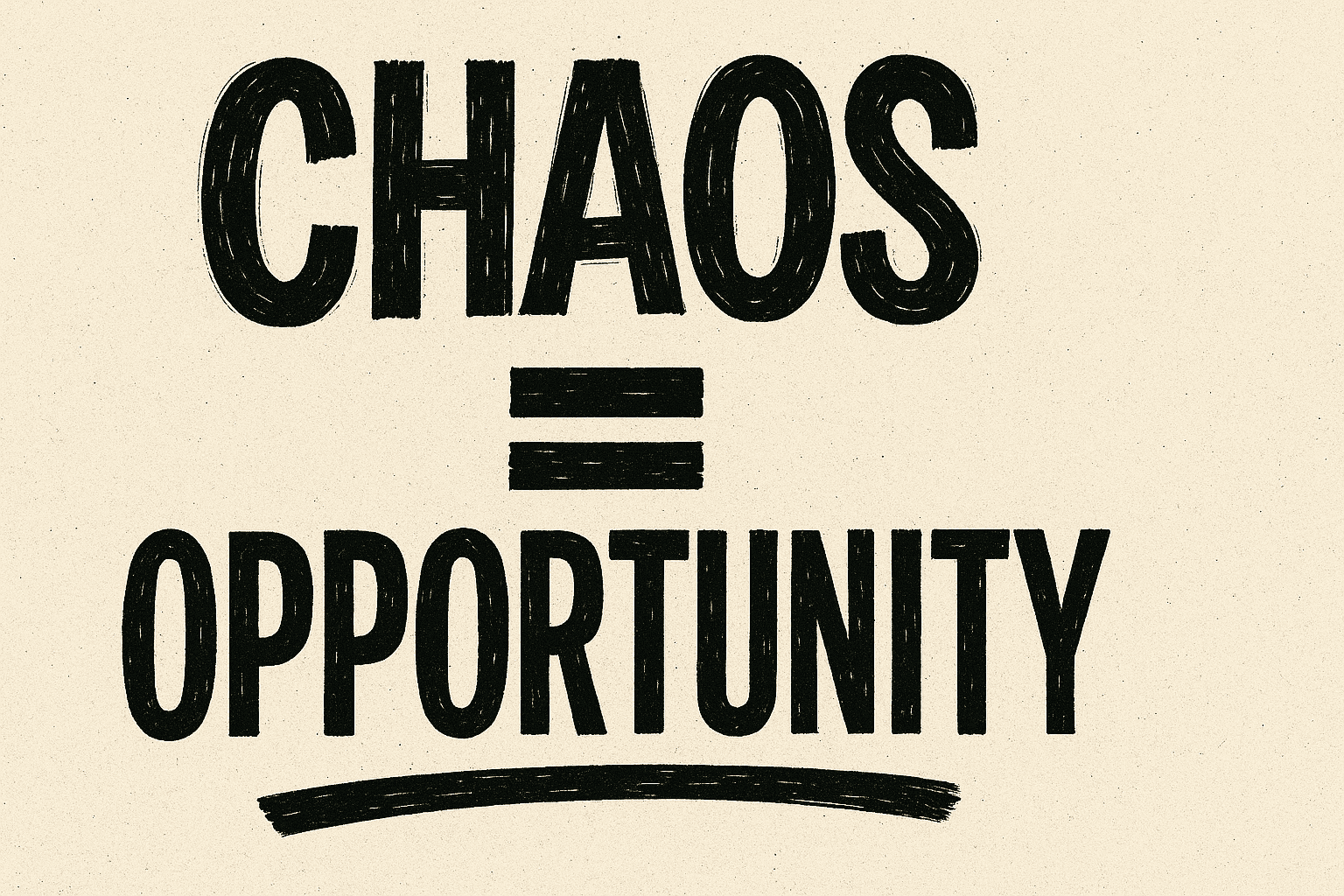In an age defined by constant disruption from AI revolutions to social media shifts some creators are not just surviving the chaos; they’re monetizing it. They thrive where others panic, turning crises into catalysts for creativity and profit. Whether it’s YouTubers who capitalize on trending controversies, entrepreneurs launching amid recessions, or artists leveraging digital chaos to build empires, the modern creator’s mantra is simple: uncertainty equals opportunity.
The “chaos economy” isn’t about luck, it’s about agility. When the rules change daily, adaptability becomes a competitive edge. In this new frontier, creators who understand timing, authenticity, and audience psychology are turning unpredictability into profit streams.

The Rise of the Chaos Economy
The internet has democratized creation but also multiplied volatility. Algorithms shift overnight. Platforms disappear. Consumer attention fragments by the minute. Yet, amid this digital storm, creators like MrBeast, Alix Earle, and Marques Brownlee thrive.
A 2024 report by Goldman Sachs estimates the global creator economy will reach $500 billion by 2027, fueled by diversification creators launching products, startups, and even venture funds. What separates the winners? They don’t chase stability; they build systems that monetize instability.
Take Alix Earle, whose rise from TikTok college content to multimillion-dollar brand deals came not from perfection, but from relatability and chaos. Her messy authenticity cut through the algorithmic noise, proving audiences crave imperfection over polish.
Turning Uncertainty Into an Asset
Successful creators treat chaos as a raw material. When YouTube demonetizes certain content, creators pivot to Patreon. When Twitter (now X) falters, they double down on newsletters. Each algorithmic crisis becomes a revenue experiment.
According to a 2025 study by Linktree, 68% of full-time creators now earn from three or more income sources, from merch to digital products to licensing. This diversification reduces dependence on any single platform’s volatility.
Case in point: When Twitch reduced ad payouts in 2023, streamers like Pokimane pivoted to YouTube and independent platforms, monetizing memberships directly. Instead of lamenting algorithmic changes, they leveraged chaos to reassert control.
As Harvard Business Review notes, “Resilient creators don’t react to chaos they repurpose it.”
The Psychology of Chaos Monetization
What drives this behavior isn’t just hustle culture it’s cognitive adaptability. Chaos-tolerant creators exhibit high openness to experience and low need for closure, allowing them to stay curious amid uncertainty.
Psychologist Dr. Adam Grant calls this “flexible persistence” the ability to stick to a mission while adapting tactics fluidly. “It’s not about avoiding uncertainty,” Grant explains. “It’s about mastering your response to it.”
Creators who thrive in chaos also excel in pattern recognition. They see early signals viral memes, cultural shifts, AI breakthroughs before the mainstream does. In effect, they monetize foresight.
For example, AI artist Refik Anadol transformed fears of machine learning into opportunity, selling data-driven art pieces for millions. Chaos became his creative currency.
From Content to Companies
The most successful chaos creators aren’t just influencers, they’re entrepreneurs. They turn cultural volatility into scalable brands.
Consider Emma Chamberlain, who leveraged her quirky YouTube presence to build Chamberlain Coffee, now valued at over $100 million. Her authenticity and refusal to conform to traditional influencer molds turned her into a brand that thrives precisely because it rejects order.
Similarly, in Africa and Southeast Asia, local creators are monetizing societal instability. Kenyan TikToker King Kaka used political chaos to create satirical content that led to brand deals and a music label. In Indonesia, creators like Ria Ricis blend comedy and commentary on societal change, converting disruption into deep audience trust.

Lessons for Aspiring Chaos Creators
The playbook for turning chaos into cash isn’t luck, it’s strategy. Here are five proven principles that define success in turbulent times:
- Anticipate, don’t react. Monitor digital and cultural trends like stock prices. Be early to emerging conversations.
- Diversify relentlessly. Build income stacks courses, merch, memberships, consulting.
- Monetize moments. Viral isn’t forever, but moments are monetizable. Turn spikes in attention into products or partnerships.
- Build emotional equity. Audiences follow people who make them feel. Chaos creates emotion harness it with authenticity.
- Stay platform-agnostic. Your brand is the anchor; platforms are tools. Own your email list, website, and IP.
Conclusion: The Future Belongs to the Agile
Chaos will only accelerate from AI’s creative disruption to new platform economies. But for those who can pivot, empathize, and innovate amid uncertainty, the next decade promises unprecedented opportunity.
In the chaos economy, stability isn’t the goal, momentum is. The creators who understand that will continue to turn confusion into currency, and noise into net worth.






